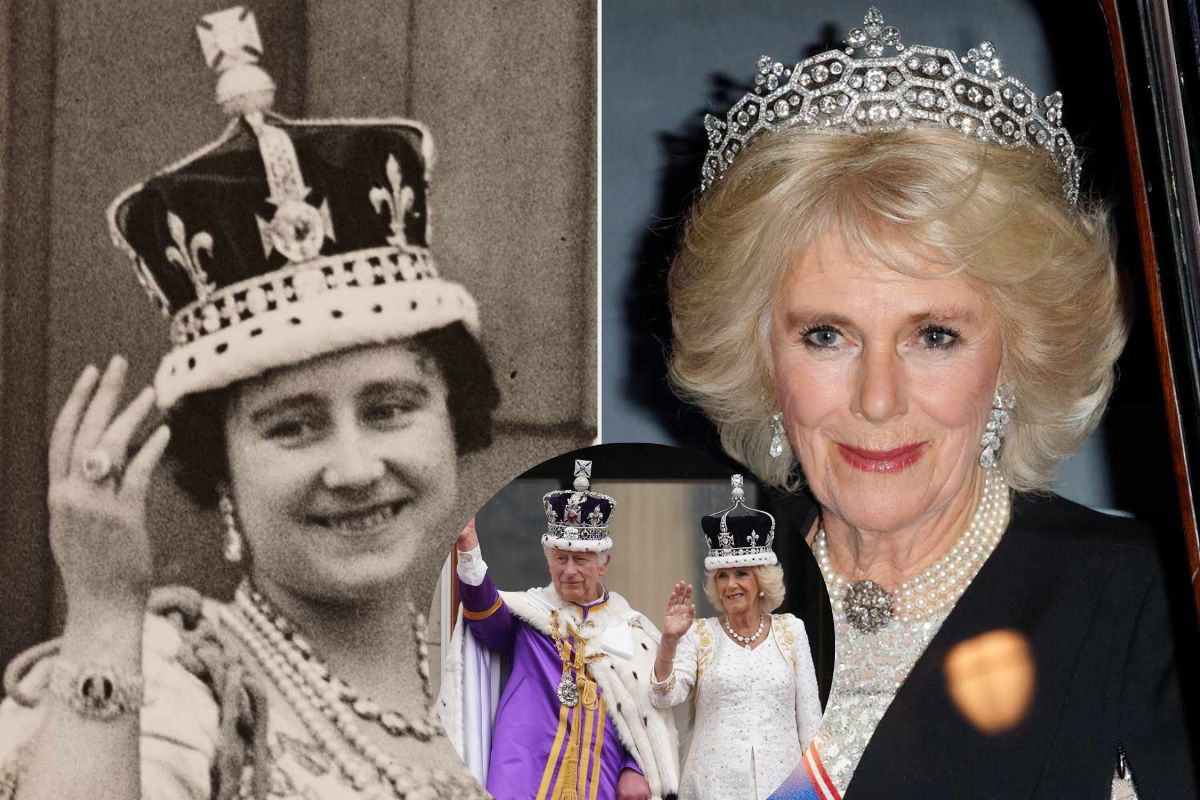An incredible event for a man who has waited more than seven decades, the coronation of King Charles III and Queen Camilla at Westminster Abbey signifies the start of a new royal period in Britain. The king was anointed with holy oil and took the king’s oath in a complex and antiquated ceremony that had not been performed in Britain since 1953.
Justin Welby, the archbishop of Canterbury, then placed St. Edward’s crown on the king’s head to cry, “God save the king.” The king also swore to retain the Protestant religion in the UK and to uphold the privileges of the Church of England as outlined in a parliamentary act in front of 2,300 visitors, including more than 100 heads of state.
A procession path from Buckingham Palace to the abbey was crowded with tens of thousands of spectators, and many camped out overnight to have a good view of the march. It featured 19 military bands and 4,000 members of the armed services, which was more than at any other official event since Queen Elizabeth II’s coronation.
However, there were complaints of the excessive police force after many anti-royalist demonstrators, including the leader of the UK’s top anti-monarchy advocacy organization, Republic, were detained before the procession’s start. When police arrested Graham Smith on the Strand at around 7.30 am, he had gathered refreshments and posters for protesters at the leading protest site.
You can also see the most recent news below:
- Crash on State Route 528 Kills Woman, Injures 7
- Grey’s Anatomy Star on Raising Children in the Community
Up to 2,000 protesters chanted and waved yellow placards that said, “Not my king” in Trafalgar Square beneath a statue of Charles I, who was put to death in 1649. “Don’t you think this is silly?” read one sign. To protect the protesters from the royal couple during the parade, a substantial barrier was built in front of them, as seen in a video posted by human rights activist Peter Tatchell.
He declared that this country is not accessible when we cannot openly protest. The king pledged in his oath to uphold the law and “cause law and justice, in mercy, to be executed” in the UK and the 15 Commonwealth nations, where he also serves as head of state.
However, there was a last-minute change to the wording of the contentious homage of the people, which had been included for the first time in the ceremony but which the king’s friend Jonathan Dimbleby said he would find “abhorrent” as a concession that the palace and Church of England had misjudged the public mood.
Welby revised the phrase to emphasize that it was a voluntary and personal act rather than urging “all persons of goodwill” in the abbey and at home watching on television to swear to “pay true homage… to their undoubted king.” I now ask those who choose to show their support to do so after a moment of introspection by participating in shouting “God save King Charles” at the conclusion or, for those with the words before them, to recite them in their entirety, he said.
When Welby put the crown on the king’s head, there was a brief moment of hesitation. The archbishop ensured the 2.25kg (5lb) peak was firmly in place before releasing his hold. After paying the “homage of royal blood,” in which he identified himself as “your liege man of life and limb,” the Prince of Wales bowed and kissed his father. The king sounded as though he said, “Thank you, William.”
Prince Harry, the king’s younger son, did not bring his family—Meghan, Prince Archie, or Princess Lilibet—to the event. Instead, he attended by himself. Since his book Spare was released earlier this year, in which he was harshly critical of his father, stepmother, and brother, the prince has not been spotted with the royal family.
He sat two rows behind his brother, between Princess Alexandra, Elizabeth II’s first cousin, and Jack Brooksbank, the husband of Princess Eugenie, his cousin. In his sermon, the archbishop referred to the occasion as one to “crown a king to serve” and paid respect to both the monarch’s career of service and that of many of those in attendance, including members of the emergency services, the armed forces, and community organizations.
For the first time during a coronation ceremony, members of the Jewish, Hindu, Sikh, Muslim, and Buddhist communities embraced the newly crowned monarch as he exited the monastery, saying they “[united]… in thanksgiving and service with you for the common good.”
Charles has been king since his mother passed away in September, and despite its antiquity, the coronation ritual has no relevance in terms of law or the constitution. Even yet, the symbolic ceremony had great significance for the 74-year-old man who has been the heir apparent since he was three.
Additionally, you can view the most recent news below:
It also solidified the remarkable journey of the woman he wed in 2005 after their respective first marriages ended in divorce. According to Buckingham Palace, she went from being a young royal girlfriend to a despised mistress to the Duchess of Cornwall before becoming queen consort.
Charles and Camilla left the rain and waved to the crowds below before watching a scaled-down flypast after they had returned to Buckingham Palace. They were joined by family members, including the Prince and Princess of Wales, Prince George, Princess Charlotte, Prince Louis, the Duke and Duchess of Edinburgh, and Princess Anne.
Stay connected with us on our Twitter handle.


